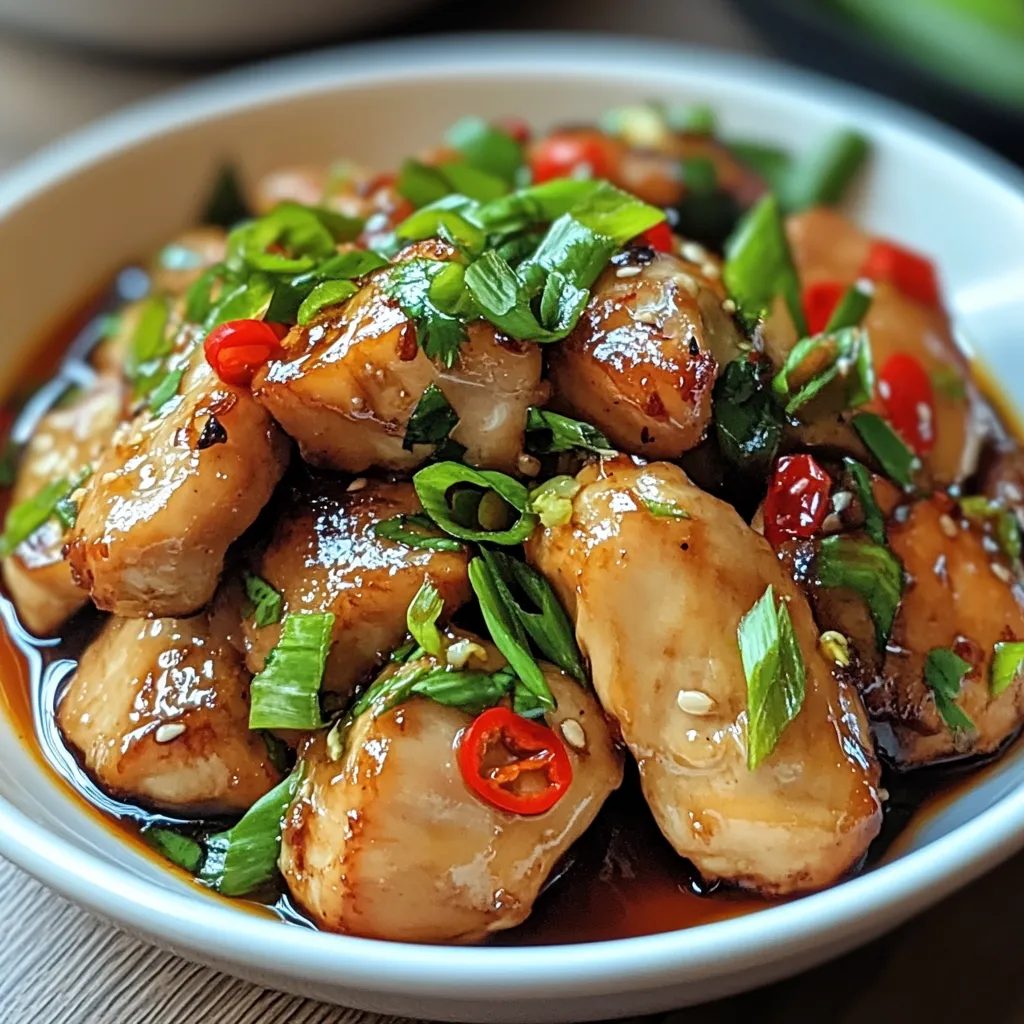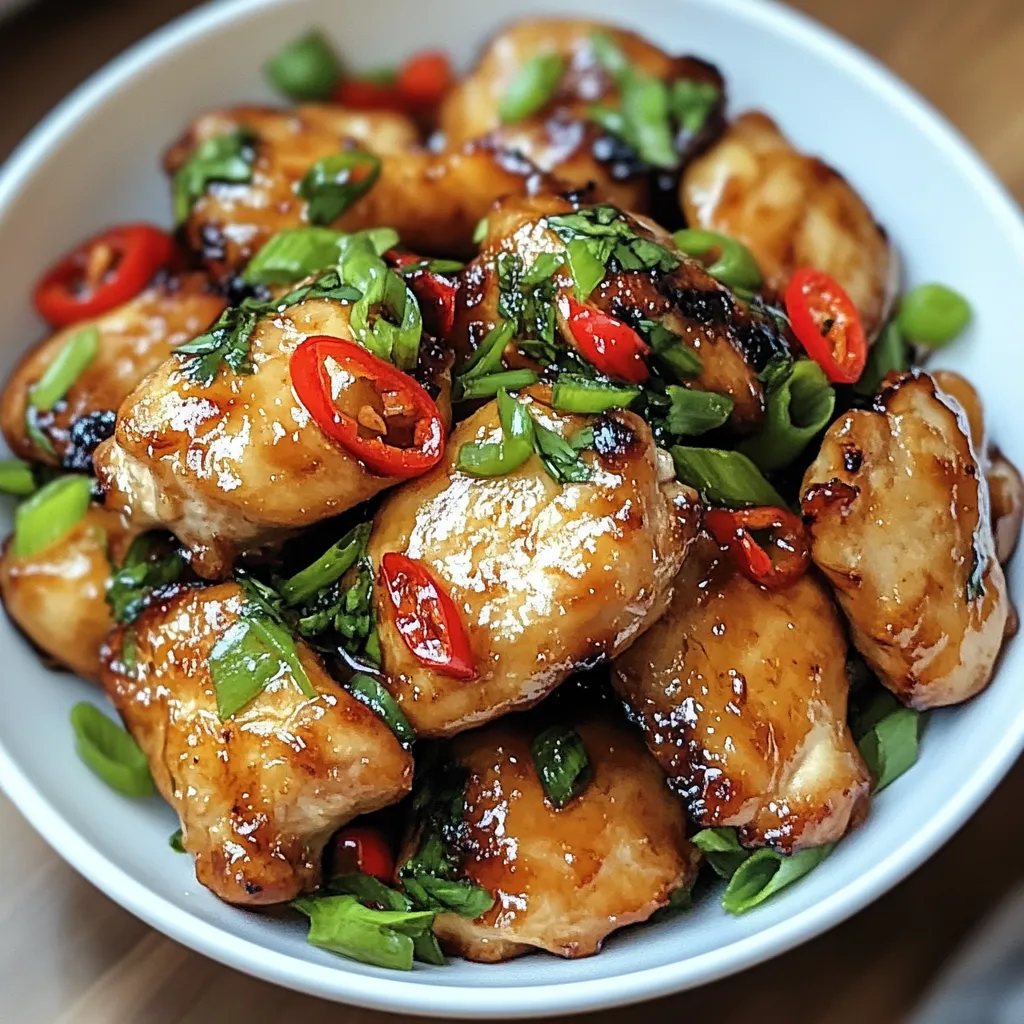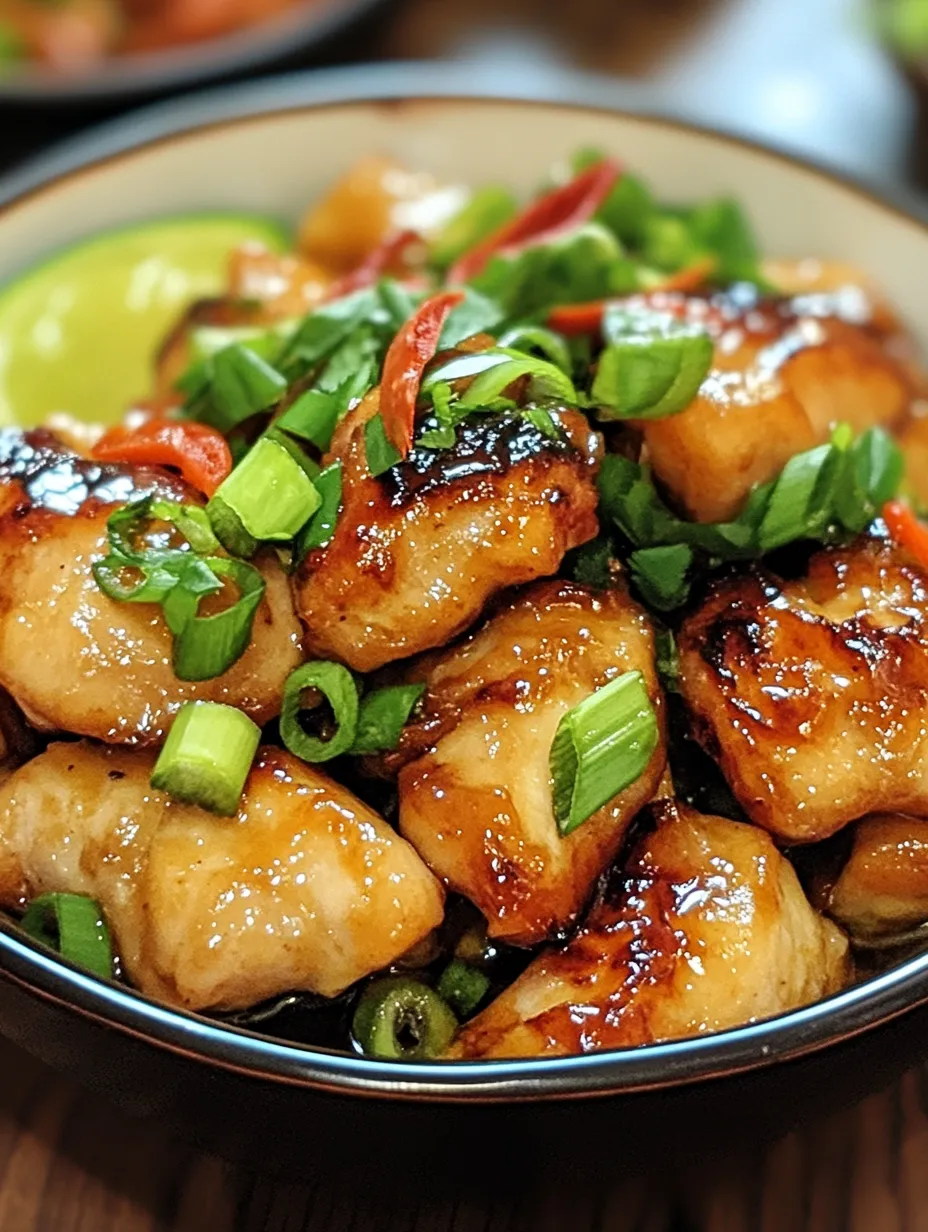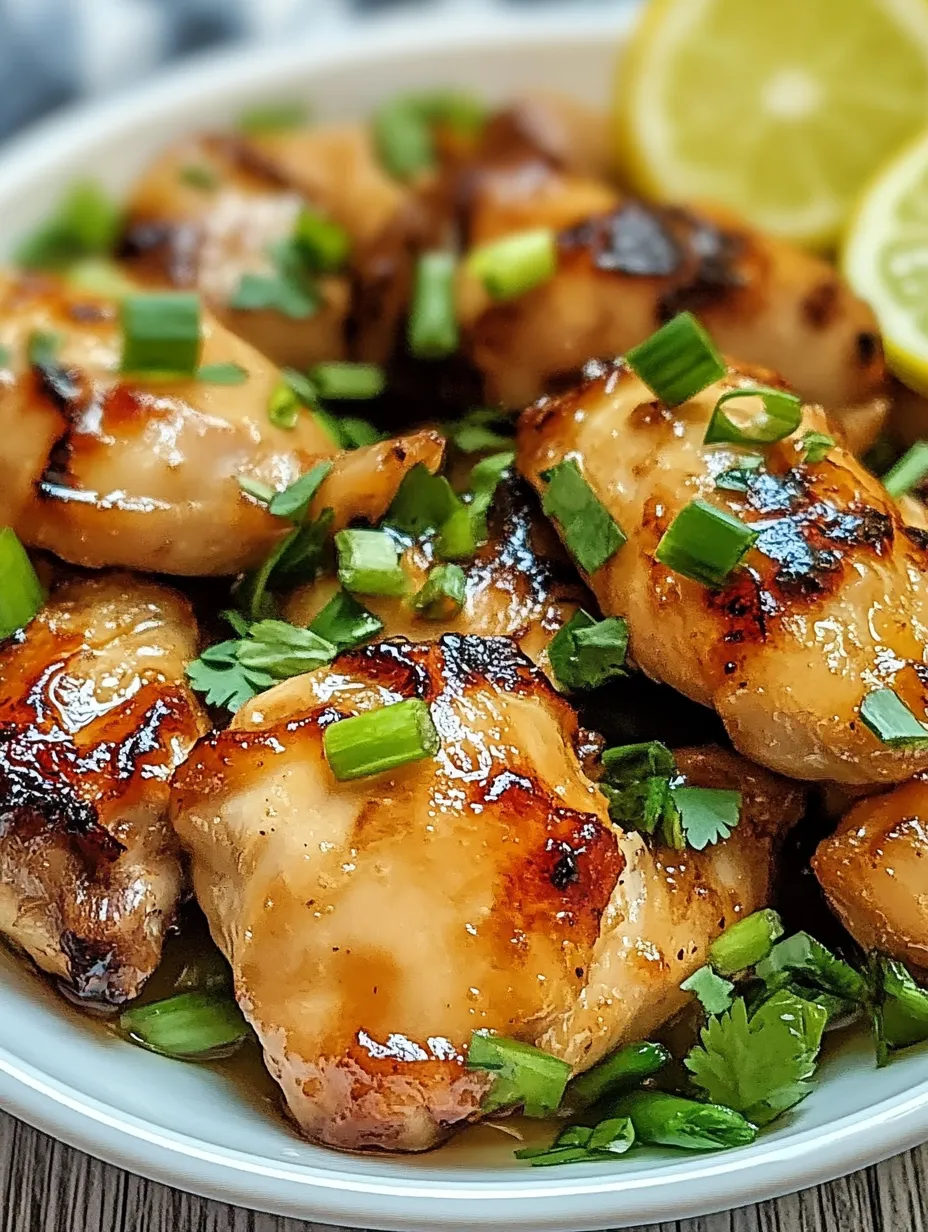 Pin it
Pin it
This colorful Vietnamese meal mixes fragrant lemongrass with flavorful chicken, striking a nice balance between fresh and savory tastes.
Key Ingredients:
- Fresh lemongrass - gives distinctive smell
- Fish sauce - brings savory richness
- Garlic and ginger - form flavorful foundation
- Chicken thighs - remain moist during cooking
- Good honey - evens out salty elements
Step-by-Step Guide:
- Nail the Marinade
- Chop lemongrass into tiny bits
- Mix all elements well
- Sample and fix flavors
- Make sure chicken gets covered evenly
- Get Cooking Right
- Warm up your pan or grill first
- Watch the heat so nothing burns
- Cook until properly done
- Let it sit before serving
- Get Perfect Texture
- Don't pack too many pieces when cooking
- Try to flip chicken just once
- Use tongs to handle carefully
- Check if it's done with care
 Pin it
Pin it
My restaurant days taught me that how you cut and prep lemongrass really matters for getting full flavor.
Heat Management:
Cook on medium-high to get nice browning while keeping chicken juicy. Be careful not to burn the spices.
Flavor Mix:
Getting fish sauce, soy sauce, and honey in the right amounts creates rich taste without being too strong.
This dish brings real Vietnamese street food magic to your kitchen in a way anyone can make.
Working With Lemongrass
How you handle lemongrass makes a huge difference in taste. Strip off the hard outer layers and just use the soft white part. Slice it into thin rings against the grain, then chop finely or smash it to let the oils out. Always go for fresh lemongrass instead of dried or paste for bright, lemony notes. Since the flavor compounds mix with oil, adding some to your marinade pulls out more taste.
Managing Heat
Getting the temperature right gives you tasty browning without burning the delicate spices. Start hot to sear the outside, then turn it down to medium to cook the inside. This way you'll get a flavorful outside and juicy meat. Keep an eye on it since the sugar in the marinade can burn fast.
Marinade Basics
Mixing fish sauce, soy sauce, and honey creates tasty layers of savory and sweet. Fish sauce adds natural flavor boosters that make meat taste better, while soy sauce brings depth. Honey helps with browning and cuts the saltiness. Lime juice makes the meat tender and adds a fresh kick.
 Pin it
Pin it
Different By Region
In South Vietnam, they often add more chilies and sugar, while Northern cooks might throw in extra flavors like shallots. Central Vietnam typically uses more fish sauce and less sweet stuff. Each area tweaks the recipe based on local goods and tastes but keeps the dish's main character intact.
How It's Traditionally Served
The classic way to eat this dish includes rice, fresh herbs, and pickled veggies. Serve it family-style with one big rice bowl and separate chicken portions. Put out lime wedges and chili sauce so everyone can adjust to taste. Fresh herbs like cilantro, mint, and Vietnamese coriander add brightness and authenticity.
Keeping Leftovers
Keep cooked chicken away from the fresh toppings when storing. When reheating, do it gently in a covered pan with a splash of water so it doesn't dry out. You can freeze raw marinated chicken for up to three months - cut it into portions first for easy use later. Always thaw in your fridge to keep it safe.
 Pin it
Pin it
Final Cooking Advice
Getting Vietnamese lemongrass chicken right comes down to three main things: properly prepping the lemongrass, balancing the marinade, and controlling the heat. Always use fresh lemongrass, chopping it super fine to release its oils. Keep heat at medium-high for nice browning without burning the spices.
- Crush spices to get more flavor
- Let it marinate at least 4 hours for best taste
- Take meat out of fridge before cooking
- Let it rest 5-10 minutes after cooking
This meal captures what Vietnamese cooking is all about - fresh, aromatic, and well-balanced. Whether you grill it or fry it in a pan, good technique turns simple ingredients into an authentic food experience.
Frequently Asked Questions
- → What’s the best way to prep lemongrass?
- Get rid of any tough layers outside. Stick to the soft white base, and chop it finely or give it a whirl in a processor.
- → Can I swap out fresh lemongrass?
- Fresh is ideal, but you can use paste or a mix of lemon zest and ginger if you’re in a pinch.
- → What side dishes go well with this?
- Serve it with steamed rice, a simple herb salad, pickled veggies, or even rice noodles.
- → How do I tone down the heat?
- Skip the chili flakes or just use less! They’re totally adjustable to your liking.
- → How long will it last in the fridge?
- Pop leftovers into a sealed container and store for up to 3 days. Warm it gently when you’re ready to eat.
